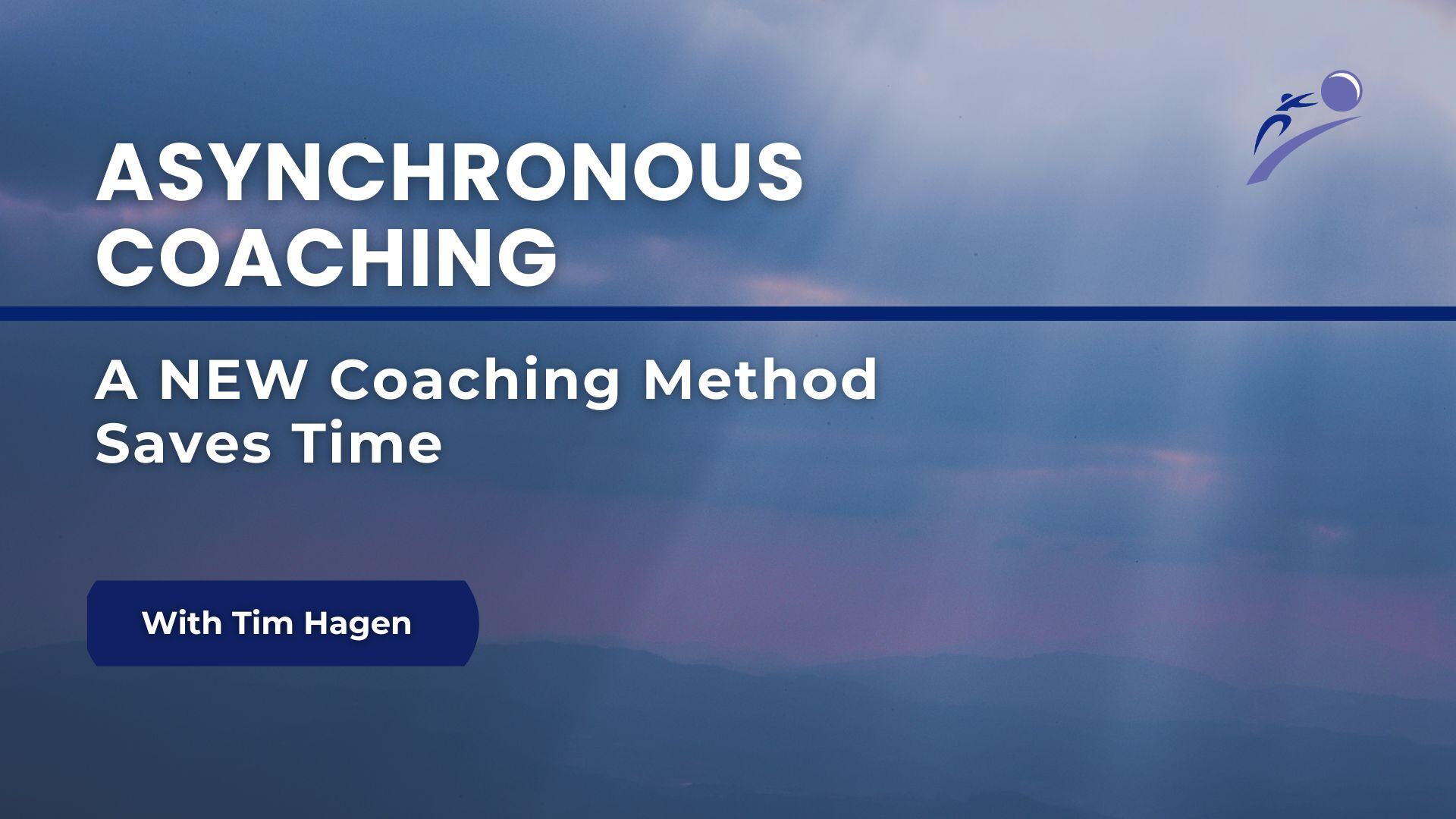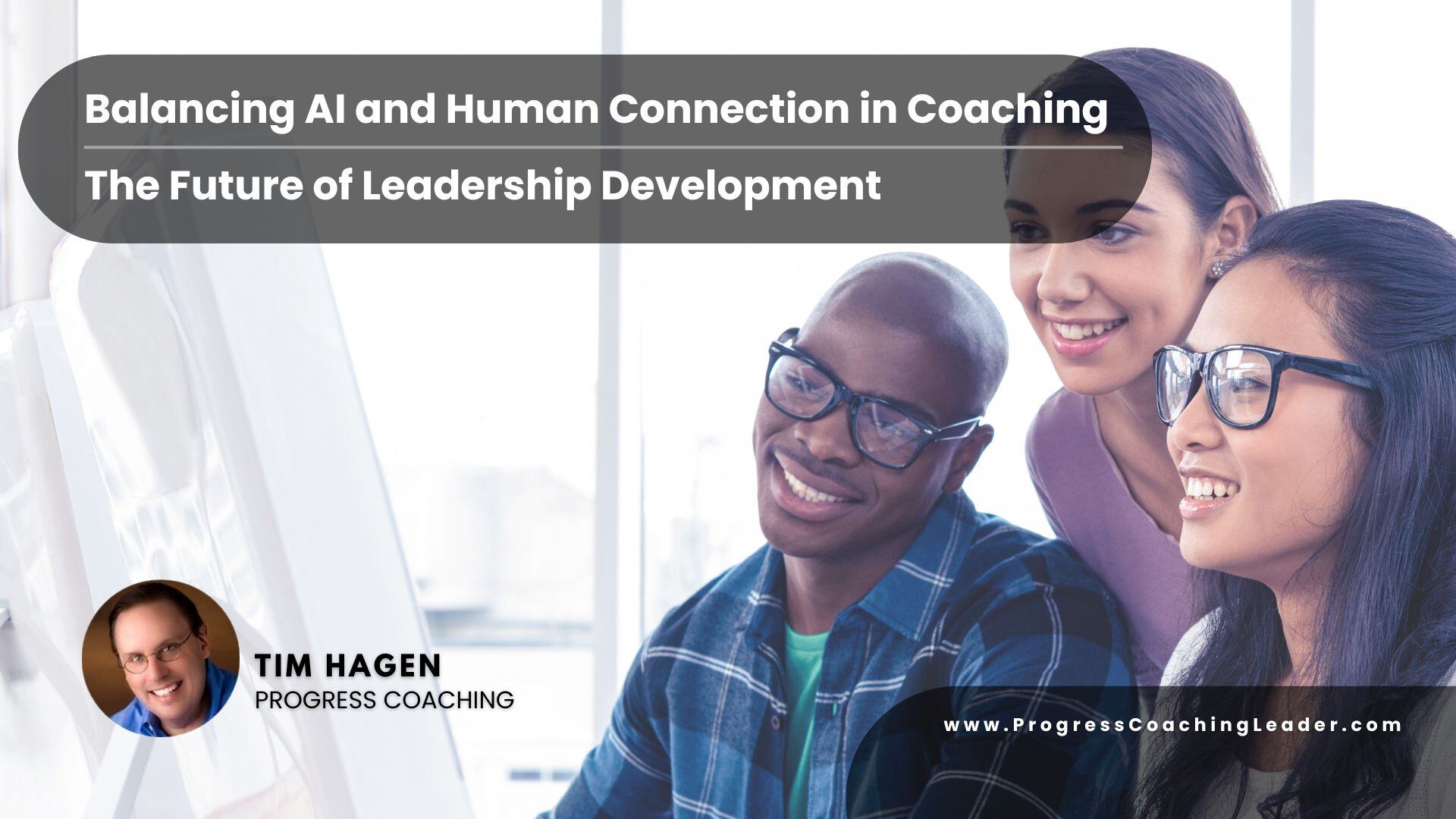Engagement Is Powerful
.jpg?width=370&height=264&name=sales(3).jpg)
The Difference between Talking and Engagement
A basic conversation might be interesting, but true “engagement” is the key to stronger sales. Basic conversations are filled with closed questions, short answers and many topics that aren’t covered in-depth.
Engagement, however, involves open-ended questions that lead to extended discussions of topics. Here’s the start of an engaged conversation that includes “pushing the objection”:
Rep: “Which project is most pressing for you right now?”
Client: “The Holcomb Building on the north side.”
Rep: “How is that going?”
Client: “We’re hung up at the moment – we need another 70 units of the G-61 to get started.”
Rep: “How can we help with that?”
Client: “I know you make the G-61s, but your quotes are high, and budgets are tight right now.”
Rep: “If we could put the price aside, what else are you looking for in a G-61?”
Client: “Well…we need them to be durable. We can’t keep going back there to re-install them.”
Rep: “That’s how we can actually save you time and money, because our G-61s last two years longer than any of our competitors…”
Please note how the rep learned about the client’s projects and concerns -- before pushing the price objection to the side. This allowed the conversation to move to a stronger product benefit.
What is engagement? Why is engagement so powerful? What risks do we assume if we are not engaged with our fellow employees? It’s when we interact with people cooperatively and without malice or prejudice. It’s hard because at times we do not get what we need from other people and we can react emotionally. There is a “true power” to engagement. The Leadership Council Study in 2007 showed people will yield a 57 % greater discretionary effort when they are engaged with. Guess what EMAIL AND TEXTING IS NOT ENGAGING! We need to talk more, listen more, help more, get to know each other more, learn about one another’s job more, etc.!
Let’s start with a great story about youth basketball team I coached. Yes my son was on the team but we had a kid who was a really good athlete but basically quit the game due to an interaction of about 15 his seconds with his dad. He missed a shot at a crucial part of a game and as I got up to tell him to keep shooting his father has literally lost control in the stands. He was pounding his seat and literally screaming his disappointment. It was too late the damage was done. This kid looked devastated! He never played organized ball again due to his association being so uncomfortable. Now my son missed a similar shot the same season. I ran across the floor to tell him I was so proud of him;. He said “dad, I missed the shot” and I said “I know but your teammates were praying you were not going to pass them the ball”. He said “Why?”, “Because they were terrified and not really mentally ready to take such a pressure shot.
Now his association with that moment was positive and one he would not fear. Years later he had a stretch of games where he hit 4 game winning shots
So what is the lesson here you may be asking? Our reactions condition people’s perceptions of not only ourselves but the situation as well. If an employee gives a substandard speech would the employee be more or less likely to do it again if their manager screamed at them after the speech?
There is a cause and effect when people interact with us. If we react adversarial will they come back? They probably won’t, much like the kid whose association to this day with a basketball court is negative and very uncomfortable. The key question we teach in our Progress Coaching training system is:
Are people more or less likely to exhibit effort after they interact with us???
If this questions serves as our guideline it will help us cultivate behaviorally the reactions that keep people engaged with us and the challenges we face with one another.
Let’s talk about risk. Recently I was in a meeting with a client and an employee asked a question after a manager had extensively presented a topic. After he was done presenting he received a question and he immediately pulled out his phone to check his email. What did he say about himself at that defining moment?
He doesn’t care about other people’s feedback
He is only concerned about his viewpoint and not others
To learn more about engagement, check out this video from Selling Power:
Download this FREE Whitepaper: How to get Managers to Coach-


.jpg)




